The Dugong
The dugong (Dugong dugon) is a large, gentle marine mammal that inhabits the warm coastal waters of the Indo-Pacific region. As the only herbivorous marine mammal, the dugong plays a vital role in maintaining the health of seagrass ecosystems. These unique creatures, more closely related to elephants than to dolphins, can grow up to 3 meters long, weigh up to 500 kilograms, and live for 70 years.
Conservation Status and Threats
The dugong (Dugong dugon) is classified as “Vulnerable” on the International Union for Conservation of Nature (IUCN) Red List of Threatened Species. This designation signifies that the species faces a high risk of extinction in the wild in the medium-term future. The global dugong population has experienced a significant decline, and their future remains uncertain due to a complex interplay of threats, many of which stem from human activities.
One of the most pressing threats to dugongs is habitat degradation and loss. As obligate herbivores, dugongs rely entirely on seagrass meadows for their sustenance. However, these vital habitats are facing increasing pressure from coastal development, pollution, and destructive fishing practices. Coastal development projects, such as dredging and land reclamation, can directly destroy seagrass beds or alter water quality parameters, making them unsuitable for seagrass growth.
Pollution from agricultural runoff, industrial discharge, and untreated sewage poses another significant threat to seagrass ecosystems and, consequently, dugongs. Excessive nutrient loading from these sources can lead to eutrophication, fueling algal blooms that block sunlight and oxygen, ultimately smothering seagrass beds.
Certain fishing practices, such as bottom trawling and the use of illegal fishing gear, can also cause irreparable damage to seagrass habitats. Bottom trawling, which involves dragging heavy nets across the seafloor, can uproot and destroy seagrass meadows, while illegal gillnets and other entangling gear pose a significant risk of accidental bycatch of dugongs.
Climate change is emerging as a significant threat to dugongs, primarily through its impacts on seagrass ecosystems. Seagrass meadows are highly sensitive to changes in water temperature, salinity, and light availability, all of which are being affected by climate change. Rising sea levels can inundate seagrass beds, while ocean acidification can inhibit their growth and survival.
Direct hunting of dugongs, once a major threat, has been largely reduced due to increased legal protection and conservation efforts. However, in some regions, dugongs still face pressure from incidental capture in fisheries, boat strikes, and, to a lesser extent, hunting for traditional purposes.
The slow reproductive rate of dugongs further compounds the challenges of conservation. Dugongs have a long lifespan but a low reproductive output, with females only giving birth to a single calf every 3 to 7 years. This slow reproductive rate makes it challenging for dugong populations to recover quickly from declines caused by various threats.
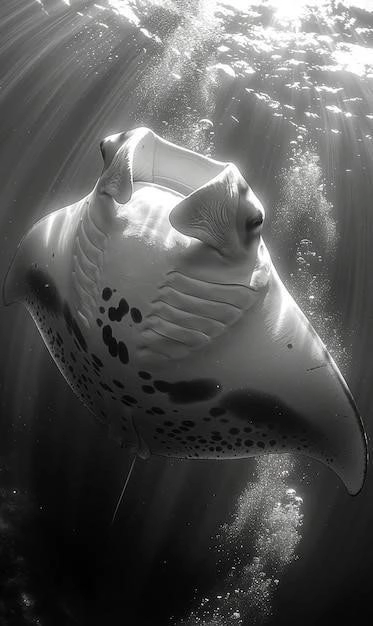
Habitat and Diet
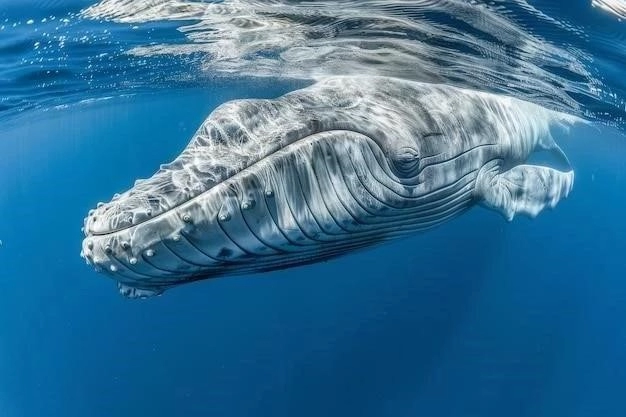
Dugongs (Dugong dugon) are specialized herbivores, relying exclusively on seagrass for their sustenance. This dietary preference dictates their habitat, confining them to shallow, coastal waters where seagrass meadows flourish. Their range spans the Indo-Pacific region, encompassing the warm waters of East Africa to Australia, including the Red Sea, Indian Ocean, and western Pacific Ocean.
Seagrass meadows are highly productive ecosystems found in sheltered coastal areas such as bays, estuaries, and lagoons. These underwater meadows are vital for a myriad of reasons. They provide food and shelter for a diverse array of marine species, improve water quality by filtering out pollutants, and protect coastlines from erosion. For dugongs, seagrass meadows are their primary feeding grounds, and they display a particular fondness for species with higher nutritional value and lower fiber content.
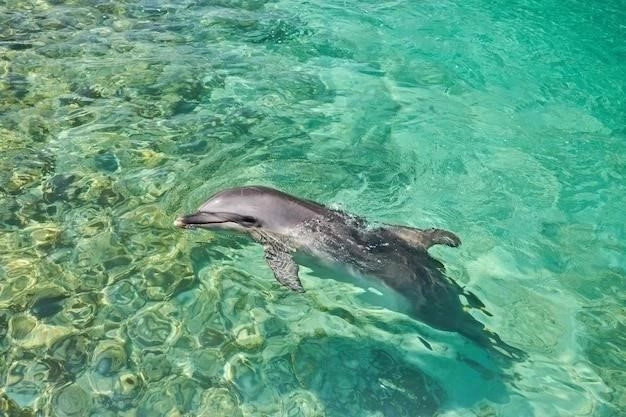
A dugong’s anatomy is uniquely adapted for grazing on seagrass. Their muscular, downturned upper lip acts as a sensitive tool for detecting and uprooting seagrass. They use their lips to create feeding trails through the seagrass beds, leaving distinctive furrows in their wake. These feeding trails are often used by researchers to monitor dugong presence and estimate population sizes in different areas.
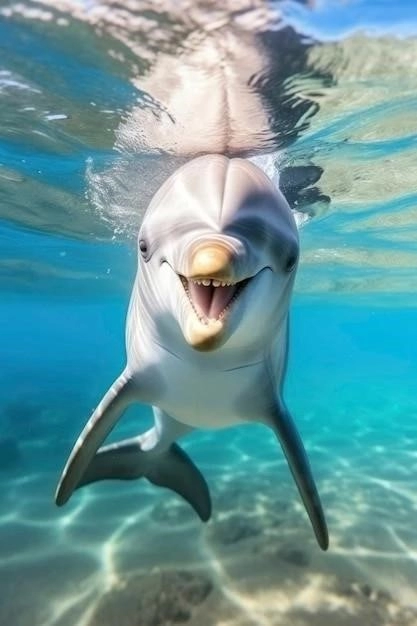
The digestive system of a dugong is equally specialized, allowing them to extract maximum nutrition from their fibrous diet. They possess a long digestive tract with a large, sacculated stomach and a well-developed cecum, which houses symbiotic bacteria that aid in the breakdown of cellulose, a complex carbohydrate found in plant cell walls.
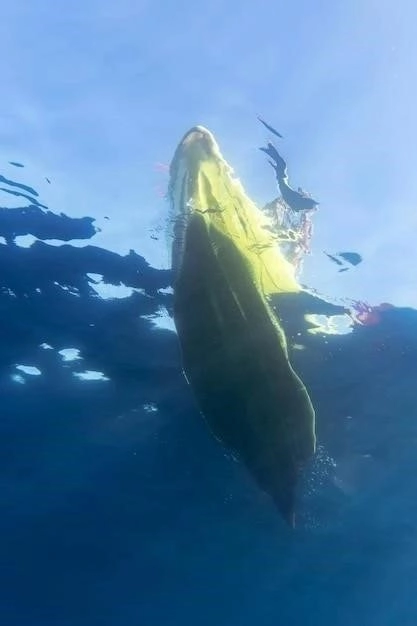
Due to their dependence on seagrass, dugongs are particularly vulnerable to any form of habitat degradation or loss. Degradation of water quality, coastal development, and destructive fishing practices all threaten the health of seagrass ecosystems, impacting the long-term survival of dugong populations. Protecting these vital habitats is crucial not only for dugongs but also for the health and resilience of marine ecosystems worldwide.
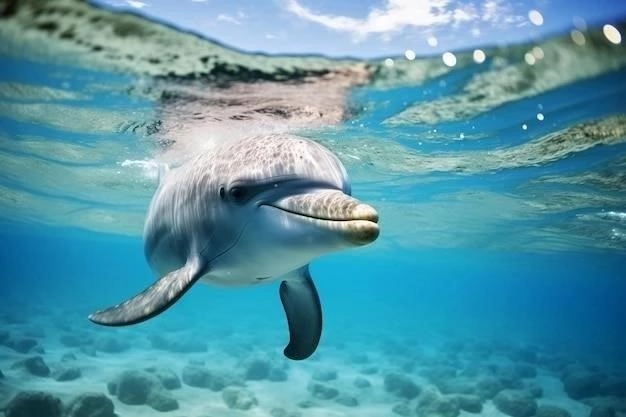
Physical Characteristics and Behavior
Dugongs (Dugong dugon) are large marine mammals with a distinctive, fusiform body shape that tapers smoothly from a rounded head to a horizontally flattened, fluked tail. This hydrodynamic form facilitates efficient movement through the water. Adults can reach lengths of up to 3 meters (10 feet) and weigh between 230 and 400 kilograms (510-880 pounds), with females generally larger than males.
Their thick, smooth skin is a pale cream to grayish color, often appearing darker when wet. Unlike dolphins and whales, dugongs have sparse hair coverage, mainly concentrated around their mouths. These sensory bristles, along with a prehensile upper lip, play a crucial role in locating and manipulating seagrass for feeding.
A dugong’s forelimbs have evolved into paddle-like flippers, used for steering and maneuvering through the water. They lack hind limbs and a dorsal fin, further distinguishing them from their cetacean counterparts. The tail, similar in shape to that of a whale, propels them through the water with powerful up-and-down movements.
Dugongs are well-adapted for a fully aquatic lifestyle. They possess valvular nostrils located on the top of their snout, allowing them to breathe air at the surface while keeping most of their body submerged. Their eyes are relatively small and set on the sides of the head, providing a wide field of vision but limited binocular vision.
Despite their size, dugongs are generally shy and reclusive animals. They are not known for their speed or agility, typically swimming at a leisurely pace of around 10 kilometers per hour (6 miles per hour). However, they can reach speeds of up to 20 kilometers per hour (12 miles per hour) in short bursts when startled or threatened.
They are primarily solitary creatures but may form small, loose aggregations for feeding or mating purposes. Communication occurs through a variety of vocalizations, including chirps, whistles, and barks, which can echo through the water for considerable distances.
Reproduction and Lifespan
Dugongs (Dugong dugon) exhibit a reproductive strategy characterized by a long lifespan, delayed sexual maturity, and a low reproductive output, a pattern often observed in long-lived mammals inhabiting stable environments. They are known to live for up to 70 years in the wild, with some individuals potentially exceeding this lifespan.
Female dugongs reach sexual maturity relatively late, between the ages of 8 and 18 years, depending on environmental conditions and food availability. Males typically mature slightly earlier, between 6 and 12 years of age. Breeding can occur throughout the year, although peaks in mating activity are often observed in certain regions, coinciding with favorable environmental conditions and abundant seagrass growth.
Courtship rituals in dugongs are poorly understood due to the challenges of observing these elusive animals in their natural habitat. However, observations suggest that males may engage in competitive displays and vocalizations to attract females. After mating, the female dugong undergoes a gestation period of approximately 13 to 15 months, one of the longest among mammals.
Typically, a single calf is born, measuring about 1 to 1.2 meters (3-4 feet) in length and weighing around 20 to 35 kilograms (44-77 pounds). Twins are exceptionally rare. The newborn calf relies heavily on its mother for nourishment and protection, suckling on milk produced by mammary glands located behind the mother’s flippers.
The mother-calf bond is exceptionally strong, lasting for up to two years. During this time, the mother teaches her calf essential life skills, such as navigating their environment, foraging for seagrass, and avoiding predators. This extended period of maternal care is crucial for the calf’s survival and development.
The slow reproductive rate of dugongs has significant implications for the conservation of the species. With long intervals between births and a low number of offspring, dugong populations are particularly vulnerable to any increase in mortality rates caused by habitat loss, hunting, or other anthropogenic threats.
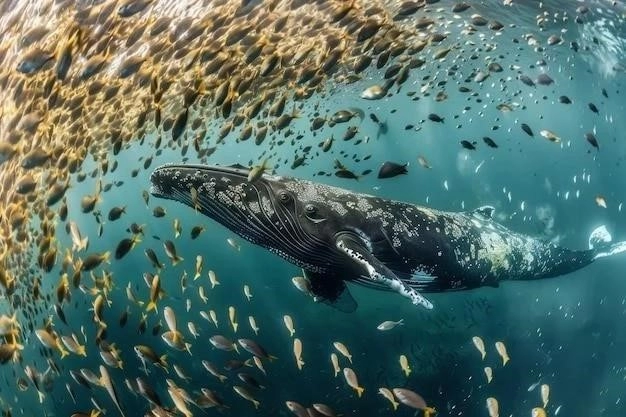
Conservation Efforts
Recognizing the vulnerable status of dugongs (Dugong dugon) and the increasing threats they face, a multi-faceted approach to conservation is essential. Various international and regional initiatives are underway, focusing on research, habitat protection, community engagement, and policy interventions to safeguard these gentle marine herbivores.
The Dugong Memorandum of Understanding (Dugong MoU), established under the Convention on Migratory Species of Wild Animals (CMS), provides a framework for international cooperation for the conservation and management of dugongs and their habitats throughout their range. This agreement facilitates the exchange of information, collaborative research projects, and the development of conservation strategies across national boundaries.
Protecting critical seagrass habitats is paramount to dugong conservation. Marine protected areas (MPAs), particularly those encompassing seagrass meadows, can offer a degree of refuge from threats such as destructive fishing practices and coastal development. Effective MPA management requires robust enforcement, community engagement, and ongoing monitoring to ensure the long-term health of these ecosystems.
Addressing the issue of incidental bycatch in fisheries is crucial. Implementing fishing gear modifications, such as turtle excluder devices (TEDs) and bycatch reduction devices (BRDs), can significantly reduce the risk of dugong entanglement and mortality. Collaborating with local fishers to promote sustainable fishing practices and reduce illegal fishing activities is also essential.
Raising public awareness about dugongs, their ecological importance, and the threats they face is vital for fostering a sense of stewardship. Educational programs, outreach initiatives, and community-based conservation projects can empower local communities to participate in dugong conservation efforts.
Research plays a critical role in informing effective conservation strategies. Ongoing research efforts focus on various aspects of dugong biology, ecology, population dynamics, and threats. Satellite telemetry studies, for example, provide valuable insights into dugong movements, habitat use, and the potential impacts of human activities.










